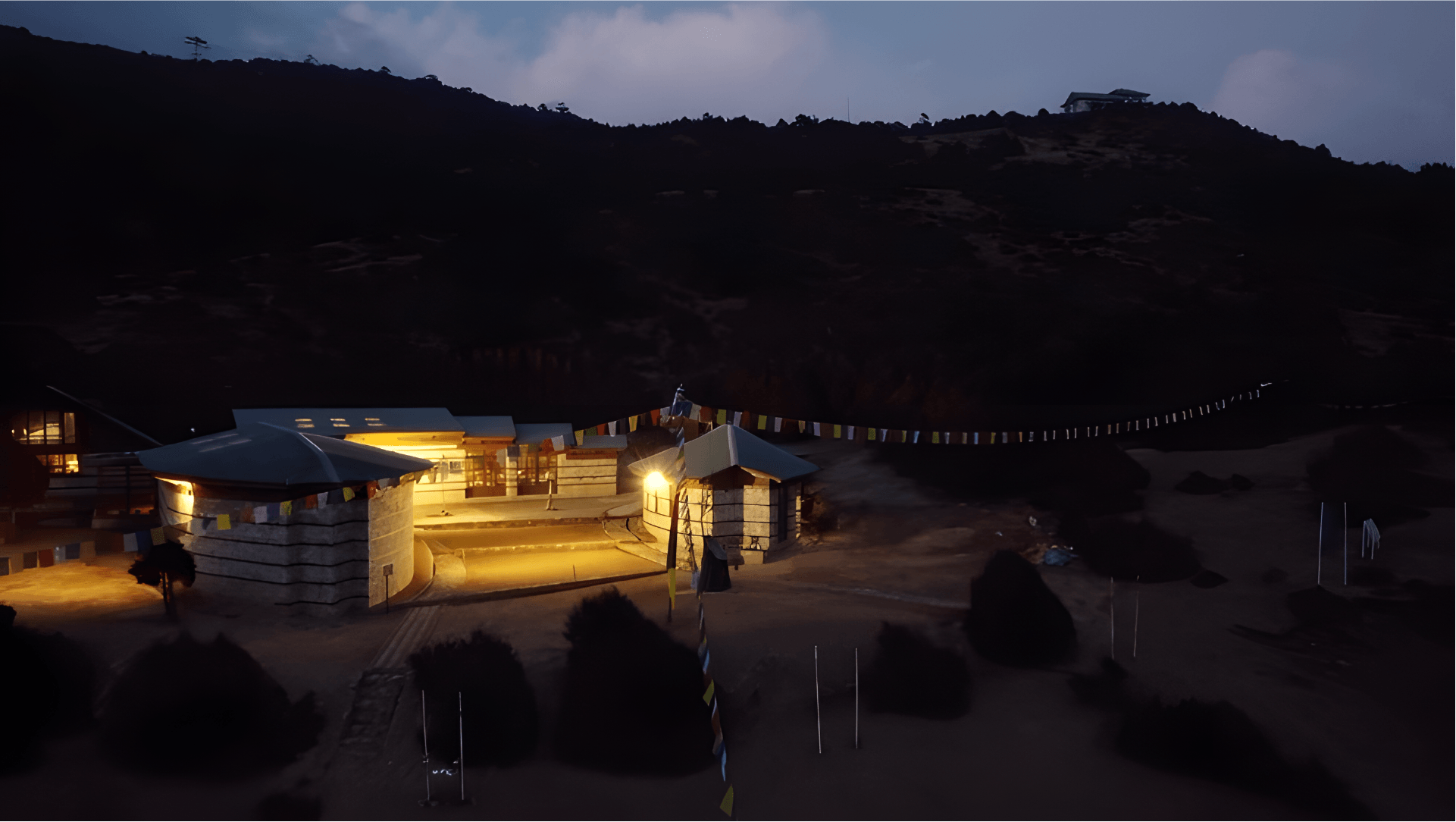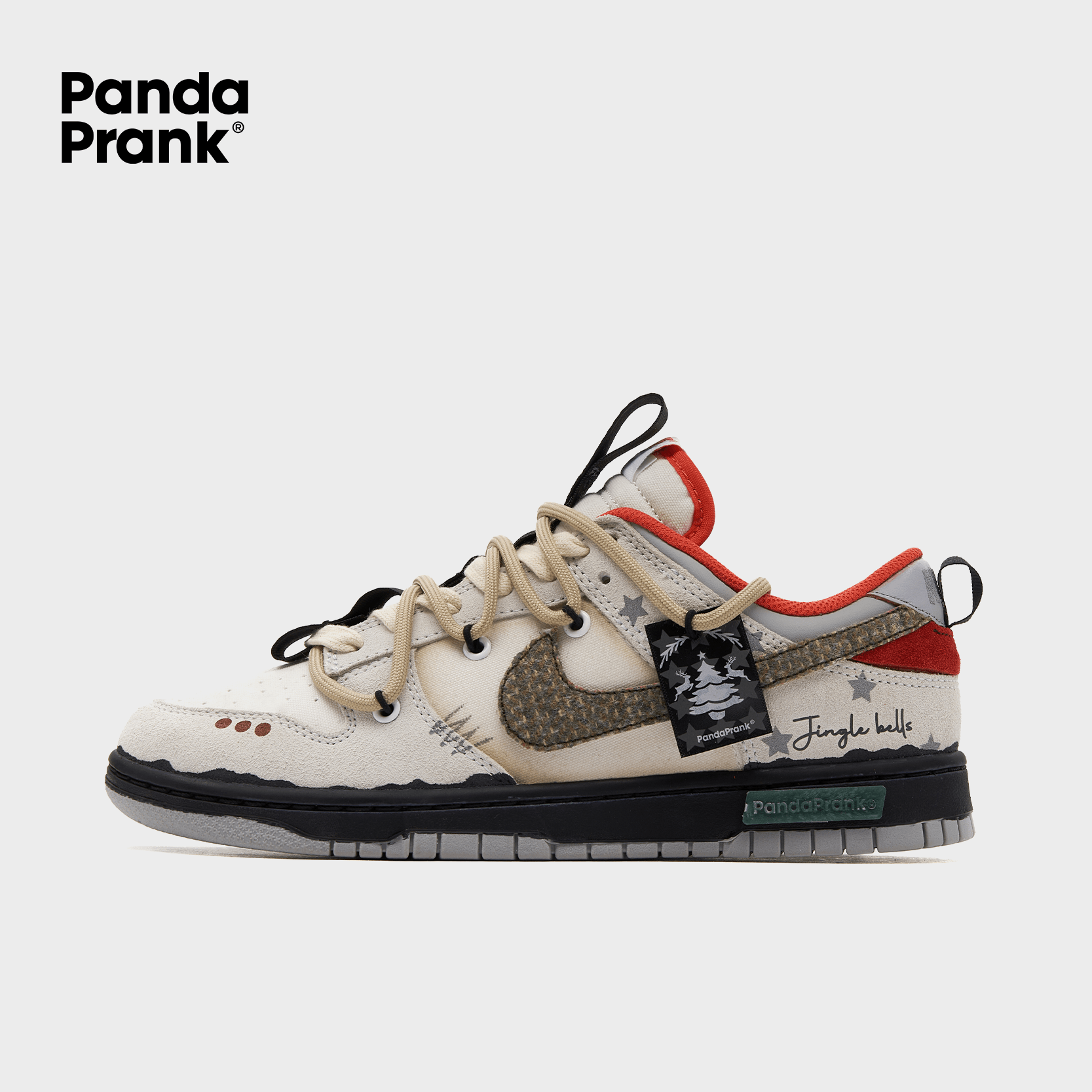
Under the majestic snow-capped mountains, Sherpas carry heavy loads back and forth, while the sound of bells from the horse caravans mingles with the chanting of monks in red robes. The snow mountains, shrouded in mist, reveal a mysterious beauty. The high-altitude air makes each step a challenge. We crossed iron bridges adorned with prayer flags and passed through serene mountain villages, enduring 20 hours of Jeep travel and 24 hours of hiking to finally reach Sagarmatha Next at an altitude of 3,775 meters.

Sagarmatha Next, part of the Himalayan Museum and Sustainability Park, was established by environmental advocates. The Khumbu region, renowned for Mount Everest, attracts many trekkers but also faces ecological pressure. To address this, global environmentalists have joined forces to tackle the area's ecological challenges. Inspired by their mission, we decided to visit in person.

Amidst swirling smoke and misty rain, the sky was covered with a thin layer of haze. Braving the drizzle, we trekked at an altitude of around 3,300 meters, heading towards the southern side of Sagarmatha.
The altitude felt like an invisible high wall, which we conquered step by step. Each breath was a response to the challenge. We felt the thinness of the air and the depletion of our strength. But our determination, like the immovable Everest, left a firm imprint with each step on our way to the environmental organization’s contact point.

Upon arriving at Sagarmatha Next, we were warmly welcomed by the project’s co-founder, Tommy. We then toured the facility and were deeply inspired, particularly by their waste management project, whose profits are used to improve the local environment. Next, we visited the Moware Design Studio in Kathmandu, where the studio head, Eva, passionately shared their work. They transform discarded plastic bottles collected from Everest into exquisite artworks through a meticulous process of sorting, cleaning, shredding, melting, and molding. We witnessed how mountain waste is turned into crafts.


Ultimately, we reached a partnership with Moware. PandaPrank’s entire product line now features eco-friendly shoe labels made from recycled plastic bottles from Everest, demonstrating PandaPrank’s commitment to protecting our home. Together with Moware, we are dedicated to promoting sustainable tourism and innovative waste management in the Khumbu region, aiming to change people's attitudes toward waste and protect the places we enjoy.



PandaPrank Collect discarded plasticbottles along the Mount Everest route,recycle, clean, crush, regenerate them.and transform them into sustainableand environmentally friendlyshoelabels.The new unique mixed colorpattern is like the unpredictablechanges of nature, giving the sneakersa touch of natural magnificence.







